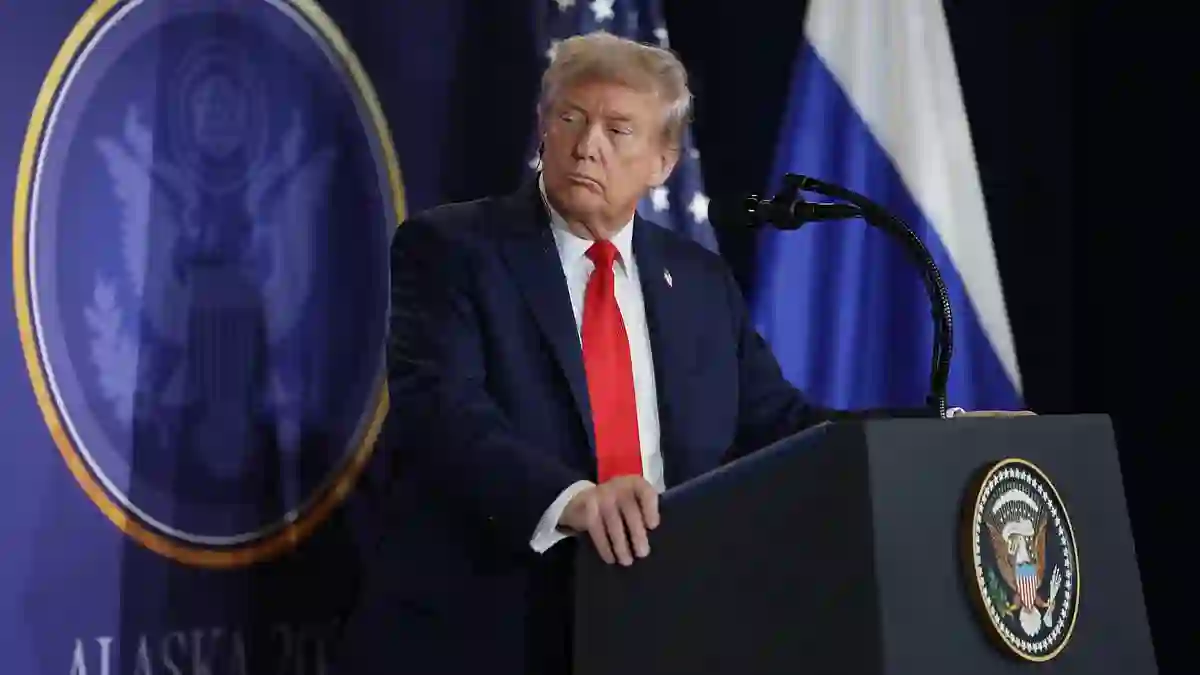In a move drawing comparisons to historic national mobilizations, the Trump administration is reportedly exploring a partial nationalization of Intel, one of America’s largest chipmakers.
The discussions, still ongoing, could mark a major step in securing the United States’ technological and economic future amid mounting global competition.
Intel at the Center of the AI Chip Race
Intel, unique among major U.S. chipmakers for designing and fabricating its own semiconductors, has been in talks with Donald Trump over a potential government stake.
While details of the proposed percentage remain undisclosed, nationalizing a company is generally reserved for crises or matters of national security, echoing actions like bank nationalizations after 2008 or strategic wartime interventions during World War II.
The discussions arise amid fears over America’s reliance on Taiwan Semiconductor Manufacturing Company (TSMC), which dominates global chip fabrication.
With rising tensions in the Taiwan Strait and repeated threats from China, experts warn that a conflict could choke U.S. access to essential chips powering artificial intelligence, defense systems, and the broader economy.
A Modern-Day Manhattan Project
“This feels like the Manhattan Project — or the run-up to World War II,” said MIT AI computer scientist Dave Blundin during a podcast with engineer Peter Diamandis.
“It’s every bit as important as the space race or nuclear arms race — actually, it may be even more critical.”
Unlike Nvidia or AMD, which design chips but rely on Taiwan for fabrication, Intel’s in-house capabilities position the U.S. to reduce dependence on foreign fabs and strengthen domestic technological infrastructure.
The proposed government stake would allow the U.S. to gain greater control over semiconductor production without fully removing the company from private hands.
Legal and Financial Considerations
A source familiar with the discussions told Bloomberg that the U.S. government would pay for its stake, but stressed that talks are not guaranteed to result in a deal.
Intel has declined to comment on specifics, emphasizing its commitment to supporting government efforts to strengthen U.S. technology leadership while avoiding speculation.
White House spokesman Kush Desai echoed the cautious approach, telling Bloomberg that “discussion about hypothetical deals should be regarded as speculation unless officially announced by the administration.”
Parallel Moves in the Chip Industry
The potential Intel stake comes on the heels of an unprecedented arrangement between two major AI chip designers, Nvidia and AMD, and the White House.
Last week, the companies agreed to hand over 15 percent of their chip sales revenue in China in exchange for export licenses, a deal reported to inject over $2 billion into the U.S. government.
Blundin called the move a “short-term win with long-term risk,” noting it could fund the U.S.’s push to catch up in the so-called chip wars while setting a slippery precedent for industry-government relations.
Rising Tensions With China
The agreement with Nvidia and AMD, alongside Trump’s threat to impose a 100 percent tariff on semiconductor imports not produced in the U.S., has sparked concern among China experts.
Liza Tobin, former China director at the National Security Council, warned that such moves could backfire, incentivizing Beijing to increase pressure on the U.S. and escalate tensions.
Securing America’s Technological Future
For experts, the broader picture is clear: securing domestic chip fabrication is not just a business issue but a matter of national survival.
“The reason the U.S. needs to protect Taiwan fundamentally is because the fabs are there,” Blundin explained.
“If the fabs all move to the U.S., then why would the U.S. defend Taiwan?”
The Trump administration’s moves, from potential partial nationalization of Intel to securing revenue from AI chip exports, illustrate a strategic push to put American technology on a wartime-style footing — where supply chains and semiconductors are the new front lines.
